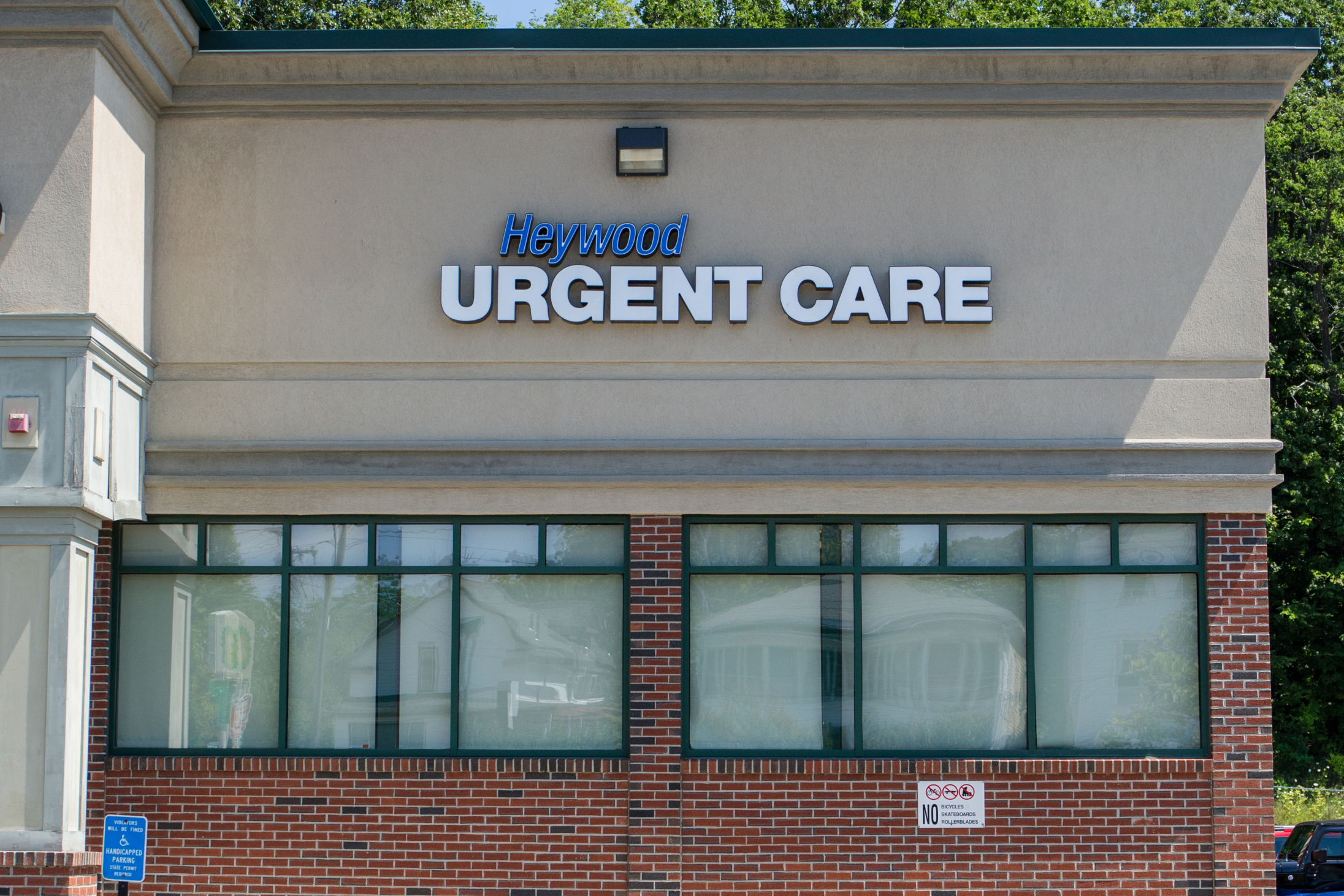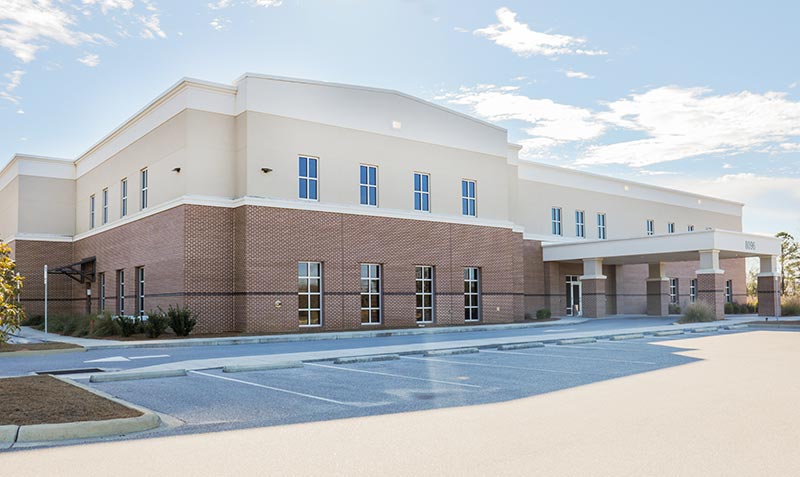Exactly How Urgent Treatment Clinics Enhance Accessibility to Health Care for Clients With Immediate yet Non-Emergent Medical Demands
Urgent care centers have actually emerged as a vital component in the healthcare landscape, dealing with the demands of patients that need prompt focus for non-emergent problems. By operating beyond standard office hours and using a structured strategy to minor injuries and diseases, these centers not just minimize the worry on emergency departments but likewise enhance overall person access to prompt treatment. As we think about the ramifications of this version, it ends up being important to analyze just how urgent treatment clinics are changing patient experiences and results in ways that merit more expedition.
Function of Urgent Treatment Clinics
Immediate care facilities play a crucial function in the healthcare system by giving accessible and prompt clinical services for non-life-threatening conditions. These centers serve as a crucial bridge between key care carriers and emergency divisions, effectively easing the problem on health centers while making sure patients receive prompt care. By running expanded hours, including evenings and weekends, urgent care facilities satisfy individuals that might not have the adaptability to visit a standard doctor's workplace throughout typical company hours.
The spectrum of solutions used at urgent care facilities includes therapy for small injuries, health problems, and analysis solutions such as X-rays and lab examinations. This breadth of treatment enables patients to resolve a variety of health issues without the long haul times usually connected with emergency situation rooms. Urgent care clinics frequently use a diverse team of healthcare specialists, consisting of medical professionals, nurse professionals, and physician aides, who are geared up to take care of numerous clinical situations.
Advantages of Immediate Access

Additionally, instant accessibility decreases the problem on primary care providers and emergency situation divisions by diverting much less crucial situations to ideal settings. This eases overcrowding in emergency clinic, enabling those with true emergency situations to get the immediate treatment they require without unnecessary hold-ups.
Moreover, the comfort of extended hours and walk-in availability implies that clients can look for care without the demand for visits, which is especially useful for people with unpredictable routines or those that might experience abrupt health issues. - Urgent Care
The ease of access of urgent treatment centers fosters a proactive technique to wellness, encouraging people to look for clinical recommendations and treatment earlier instead of later. This not only improves patient contentment yet likewise promotes a culture of preventative treatment, eventually causing healthier areas.
Comparison With Emergency Clinic
Often, patients find themselves uncertain whether to go to an immediate treatment facility or an emergency room when confronted with a medical problem. Urgent Care. Recognizing the differences between these two healthcare alternatives is necessary go to the website for making informed choices. Urgent care facilities are created to deal with non-emergent but immediate clinical issues, such as minor injuries, infections, or illnesses. They typically operate with extensive hours, including weekends and evenings, providing timely gain access to for patients who may not require the comprehensive solutions of a healthcare facility.
In contrast, emergency situation areas are equipped to manage lethal situations and extreme medical emergency situations, such as heart strikes, strokes, or major injury. These facilities offer sophisticated diagnostic devices and expert appointments, which can bring about longer wait times for clients with much less vital concerns. Generally, emergency spaces often tend to be a lot more expensive than immediate treatment clinics, making urgent treatment a much more affordable option for non-emergent demands.
Eventually, while both immediate care centers and emergency spaces play vital duties in the health care system, understanding their corresponding features allows people to pick the suitable setting based on the necessity and nature of their clinical issues.
Solutions Offered by Urgent Care
Immediate care facilities offer a large variety of services tailored to deal with non-emergent clinical demands, making them a practical alternative for patients looking for punctual interest. These centers are equipped to deal with various problems, including minor cracks, strains, and lacerations, which need instant treatment but do not necessitate emergency space intervention.
Additionally, urgent care clinics provide analysis solutions such as X-rays and laboratory tests, enabling for quicker assessment and therapy of illnesses. Clients frequently existing with typical disorders like colds, influenza, and infections, which can be effectively handled on-site. Immediate care facilities regularly provide precautionary services, consisting of inoculations and health testings, contributing to general public wellness.
One more key solution used is the monitoring of persistent problems worsened by severe signs, such as bronchial asthma or diabetes mellitus, guaranteeing patients obtain timely care without overwhelming emergency services. Numerous clinics additionally extend their hours past traditional office timetables, enhancing ease of access for patients who may require treatment throughout weekend breaks or evenings.
Improving Person Outcomes

Immediate original site treatment facilities are geared up to take care of a variety of non-emergent medical issues, including minor injuries, infections, and diseases. Their emphasis on obtainable, top quality treatment allows patients to obtain suitable treatments and preventative services, promoting better wellness management. These clinics frequently employ a multidisciplinary technique, integrating various healthcare specialists to make certain thorough treatment.
Individual education and learning is also an essential element of improving end results. Urgent care providers YOURURL.com frequently supply guidance on follow-up care, preventative procedures, and lifestyle modifications, encouraging patients to take an active role in their wellness. Consequently, the mix of instant gain access to, expert care, and individual education and learning not just boosts fulfillment however additionally results in boosted long-lasting wellness results, reinforcing the value of immediate care centers in the health care continuum.
Conclusion
In summary, urgent care clinics offer an important function in enhancing health care accessibility for clients with prompt, non-emergent clinical needs. Ultimately, urgent treatment centers are necessary in linking the void between key care and emergency services, guaranteeing reliable and obtainable healthcare for communities.
On standard, emergency situation spaces often tend to be a lot more expensive than immediate treatment clinics, making urgent care an extra economical choice for non-emergent demands. (Urgent Care)

Inevitably, urgent treatment centers are vital in linking the void between key care and emergency situation solutions, making certain effective and obtainable medical care for communities.